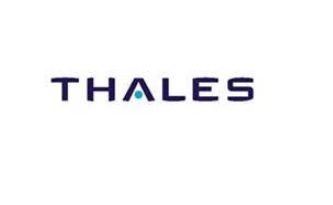Omdia: Global installed base of smart home devices exceeds 2bn devices in 2022
The global smart home market is expected to experience consecutive years of softening growth starting in 2021 before an upward trajectory resumes in 2023 according to Omdia. The downward trend is attributed to a combination of factors including wage stagnation, increased unemployment, and a large decline in projected retail sales, especially in 2022. Strong growth, on par with pre-pandemic levels, is expected to return starting in 2023, driven by increased demand in energy management solutions and the impending release of the Matter standard.
According to the latest smart home device research from Omdia, smart speakers had the most global shipments in 2021, with 195 million followed by lighting, plugs/switches and connected health devices. The devices forecast to grow the fastest over the next five years include water leak sensors/shutoff valves, connected major home appliances, plugs/switches, air quality monitors and smart door locks, all projected to have a CAGR greater than 30% from 2021 to 2026.
In terms of household penetration of smart home devices, Omdia estimated in 2021 about 55% of broadband households in the US had smart home devices installed. For the Europe, Middle East, and Africa region, about 21% of broadband households had a smart home device in 2021. By comparison, the Americas region had a penetration rate of 44% while Asia and Oceania had a penetration rate of about 14% in 2021.
In terms of market share for unit shipments, Xiaomi was estimated to be the market leader in 2021, followed by Alibaba, Amazon, Google, and Baidu. All of the top-five brands specialize in smart speakers, while next four brands, IKEA, Sengled, Ledvance, and Signify, specialize mostly in lighting applications.
The impact of Matter is expected to be more gradual than originally anticipated. When considering the device types that will be part of Matter 1.0, Omdia forecasts there will be about 424 million devices that could be Matter capable, assuming 100% of those devices shipped in 2023 are Matter compatible. This equates to about 44% of global device shipments in 2023. Considering devices like home appliances, security cameras, and robot vacuums, to name a few, won’t be part of the release of Matter 1.0, the initial impact will be slow, especially after considering that many brands will not have 100% of their devices compatible with Matter. In reality, far less than 44% of global device shipments in 2023 will actually be Matter compatible. Although Omdia believes Matter will have a positive impact on smart home adoption, forecasts are cautiously optimistic.
Blake Kozak, Senior Principal Analyst, Omdia said: “It is an exciting time for the smart home industry as brands rapidly innovate and produce devices that combine advanced features, like facial recognition and video analytics with door locks and the inclusion of radar technology in smart speakers and thermostats. Brands are also making moves in terms of partnerships and acquisitions, like ADT acquiring Sunpro Solar and IOTAS. Advancements in connectivity standards like ultra-wideband, Thread and NB-IoT will also bring new use cases to the smart home market, improving both accuracy and distance.”
The next few years will also prove difficult for many brands as costs continue to rise. The price of services may increase (Wyze and Ring) as brands grapple with ongoing costs while one-off hardware sales face increased price pressure from low-cost brands (thermostats), meanwhile Matter’s impact on commoditization has yet to be seen. Plus, more brands will find themselves on the brink, like Insteon and Wink, threatening to leave millions of users with unusable paper weights. Nonetheless, the smart home market has proven to be resilient, and the latest trends offer up ample opportunity for brands to focus and grow market share in the coming years.



